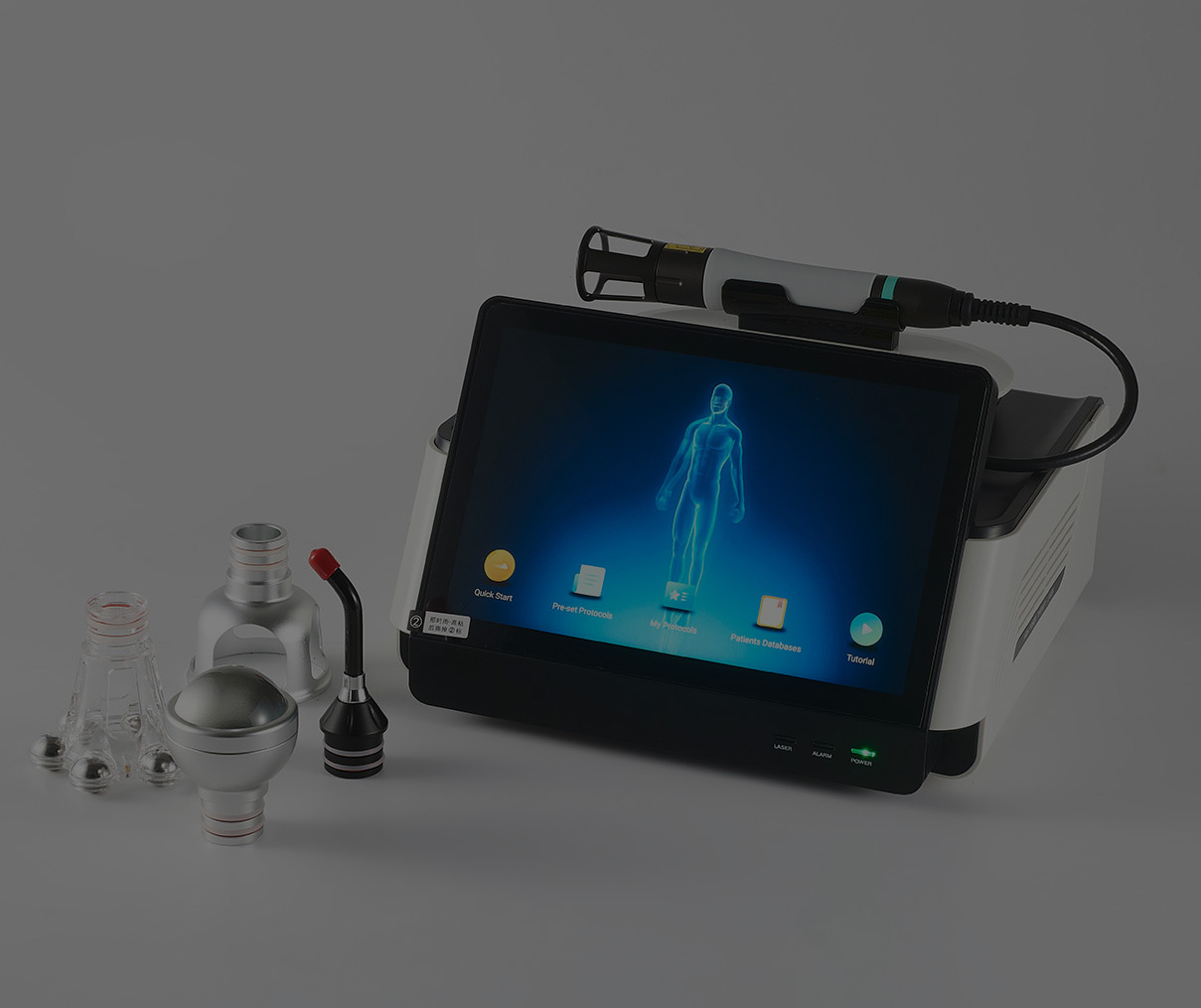Podiatry laser therapy for feet
Home > Podiatry

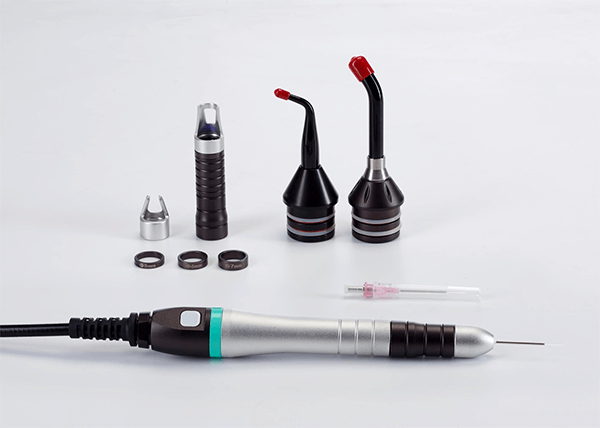
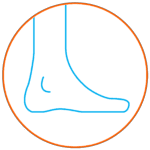
RELIEVE FOOT PAIN
Treating foot pain is front and center for most podiatry practices. This can be due to inflammation related to neuritis, plantar fasciitis, circulatory issues, and/ or diabetic related pathology to reduce the pain in injured tissue.
Class IV laser therapy, via photobiomodulation, has been shown to quickly reduce pain and help injured tissue move through the stages of healing by stimulating mitochondrial activity. This technology enables the podiatrists to treat lower limb pathologies in an efficient and effective way. Laser therapy has a great success rate, meaning speedier results with less risk of recurrence. It is a powerful tool that can be used within a comprehensive plan of care to help treat many diagnoses common to podiatric practice.
CLINICALLY USED FOR:
- Metatarsalgia
- Hallux valgus-bursitis
- Plantar Fasciitis
- Tarsal Tunnel Syndrome
- Arthritis-osteoarthritis
- Interdigital neuritis
- Heel spur
- Achilles tendonitis
- Morton’s neuroma
- Post-sprain oedema
- Diabetic neuropathy
- Tibia-tarsal distortion
- Diabetic ulcers
- Warts
- Toenail Mycosis
- Ingrown Toenails
HOW DOES the laser WORK?
The Theralas Laser is used to treat specific target areas and works by altering the way cells and micro organisms function:
NAIL FUNGUS
Mycelium plays the role in increasing the area in which fungi can access nutrients. Infrared laser radiation is used to stop this function by isolating and attacking the fungi, in so reducing further spreading and reinfection.
It does this in 2 ways:
- Photo inactivation– Damages the fungi’s cytoplasmatic membrane preventing spreading.
- Heat– Damages the walls of the fungal colony causing the fungi and fungi spores to die.
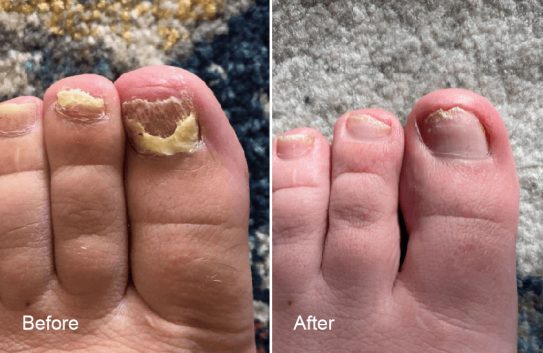
WARTS
Pulsed laser radiation is used to target blood vessels, which is the facilitator in sustaining a wart. By inhibiting the blood supply through full coagulation in the capillary chains, the wart will typically dry out.
Laser treatment for warts is a superior choice as it has a low risk of recurrence and no scarring.
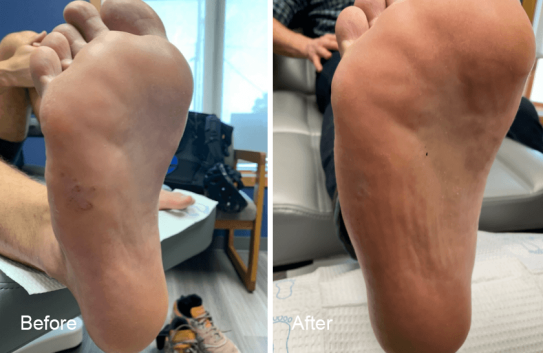
HPLT (Pain/Inflammation)
High Power Laser Therapy (HPLT) can help treat lower limb pathologies such as neuroma, plantar fasciitis and achilles tendonitis.
HPLT works in two ways:
- Photo-Chemical Action– The cell membrane and energy centre (the mitochondria) absord laser light and use it to produce and store cellular energy. This in turn helps the cells to increase DNA production and improve overall cellular health and energy reserves. This increase has been shown to help with the following:
- Reduce pain and inflammation
- Stimulate nerve regeneration
- Relax muscles
- Stimulate immune system response
- Role of Chromophores– chromophores are the cellular components that absorb light. When chromophores are excited by light they increase production of cellular energy units ATP. This result in:
- Increased cellular energy levels
- Pain relief
- Improved cellular healing
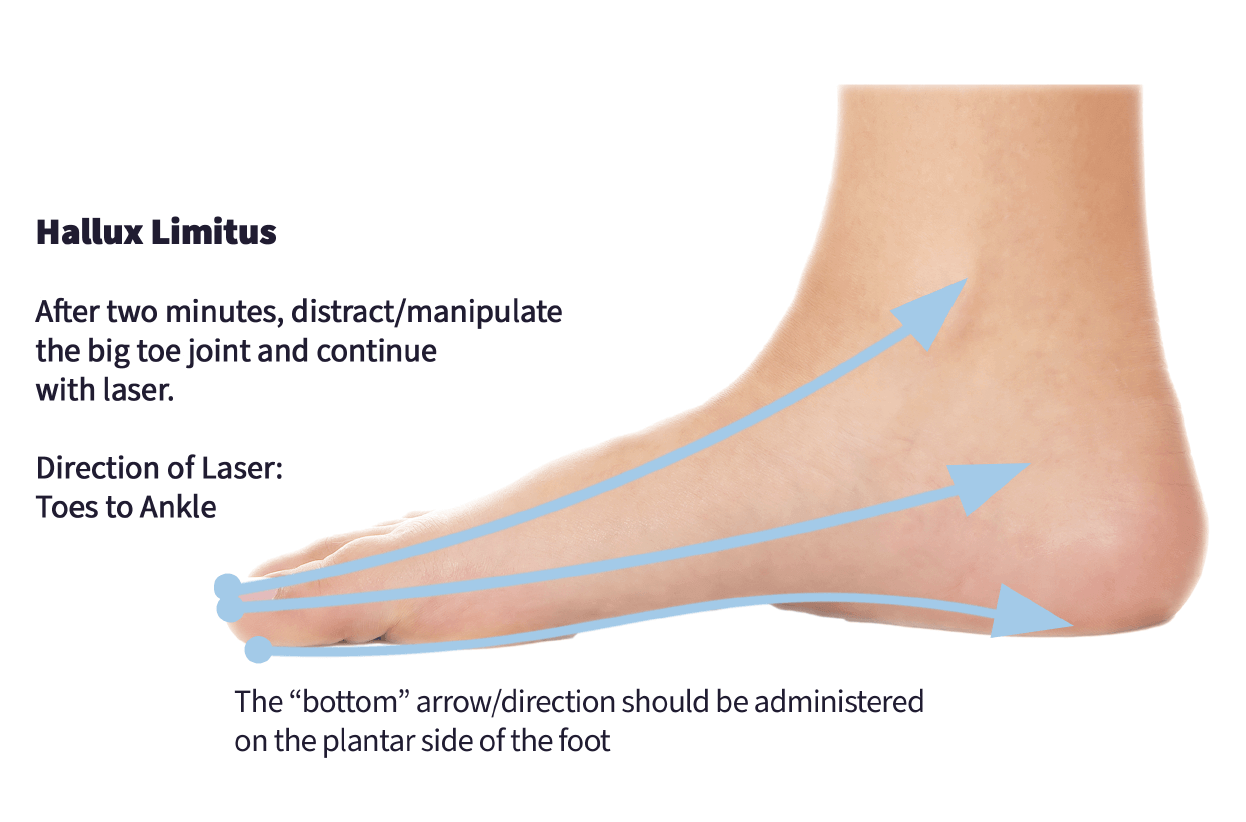
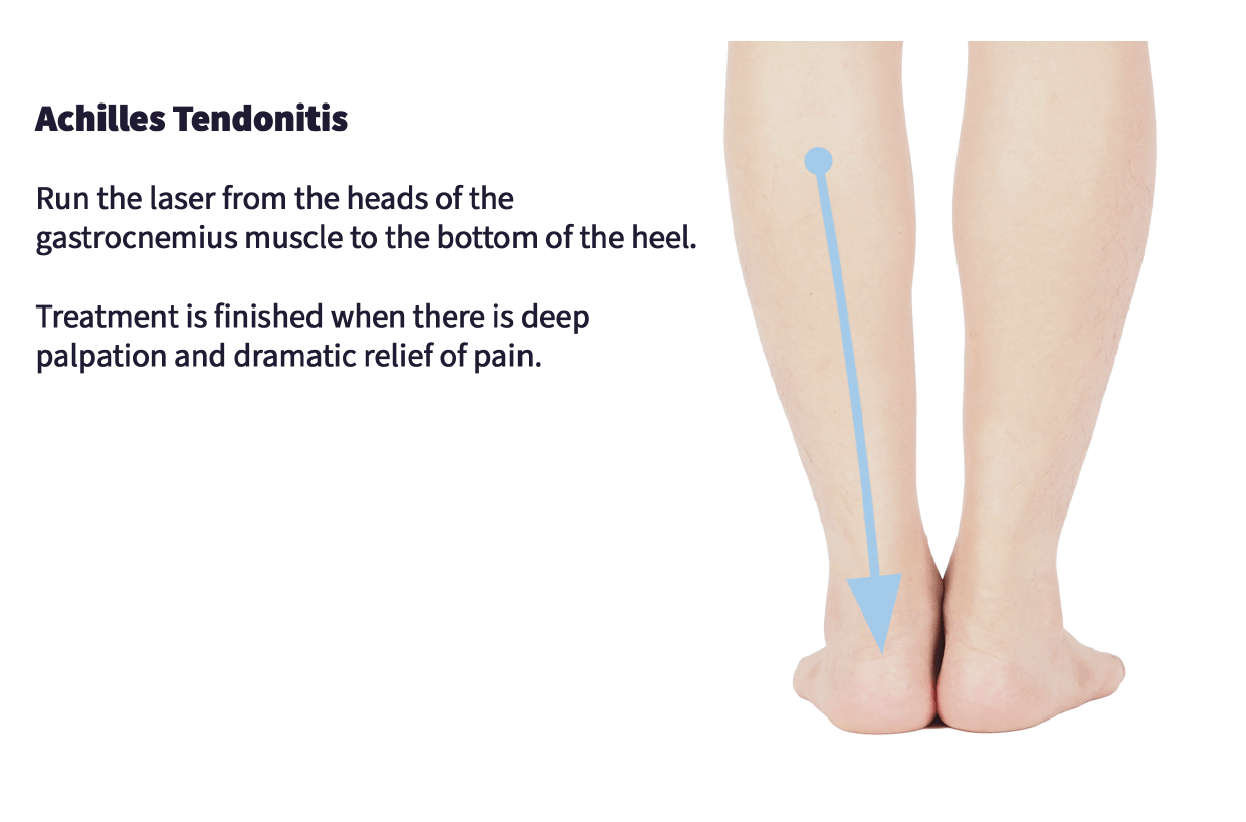

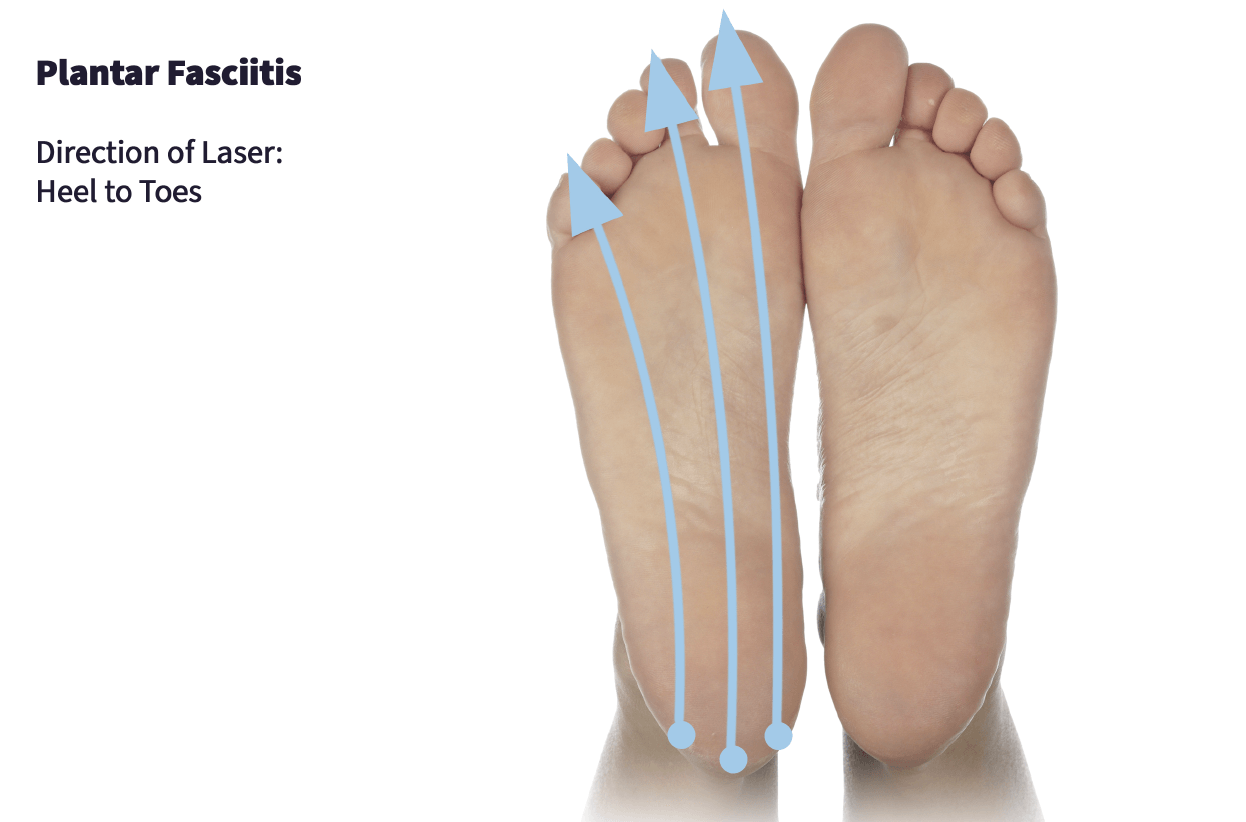
What Are the Benefits of Laser Podiatry Treatment?
From expedited recovery to minimal risk, laser podiatry treatment offers multiple benefits to individuals suffering with foot pain or discomfort.
- Local anesthesia. Some patients are allergic to general anesthesia, while others have difficulty recovering from anesthetization. Laser treatments often only require local anesthesia, as opposed to general, and require less recovery time.
- Less pain.Depending on the diagnosis, laser techniques can reduce the amount of pain the patient experiences while healing.
- Less downtime. Unlike invasive surgeries, laser treatments are quick and usually result in minimal downtime. Many patients can walk and resume normal functioning the same day as the procedure.
- Minimal discomfort and scarring. When reviewing treatment options for podiatric conditions, patients look for procedures with minimal side effects, including pain and post-procedure scarring. Compared to alternative methods, laser treatment results in minimal scarring and discomfort.
- Precise treatment.A benefit to patients, laser treatment allows a podiatrist to specifically target the affected area and gain precise control over the procedure. Unlike topical treatments, laser techniques enable podiatrists to treat foot conditions at the point of origin.

